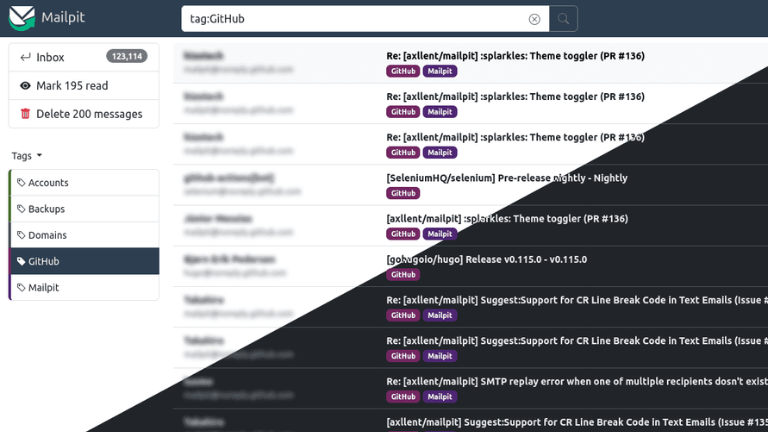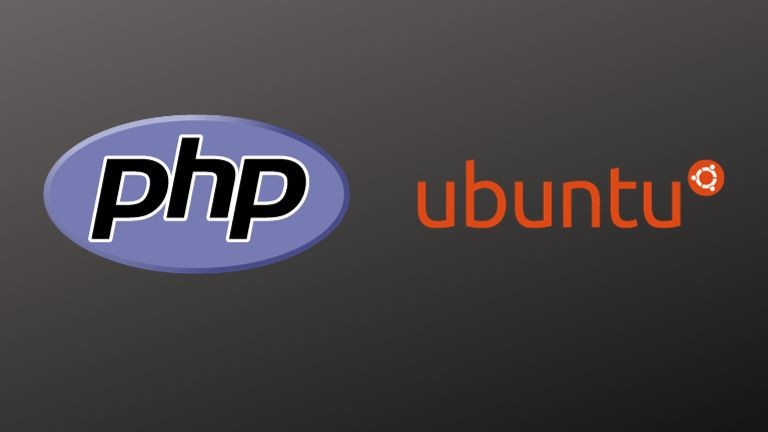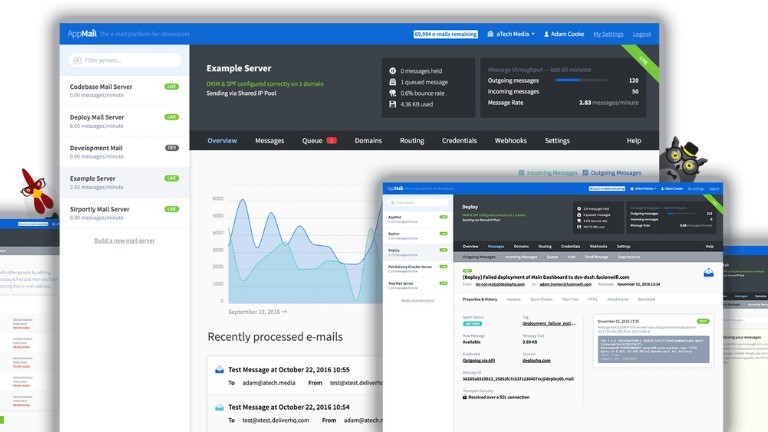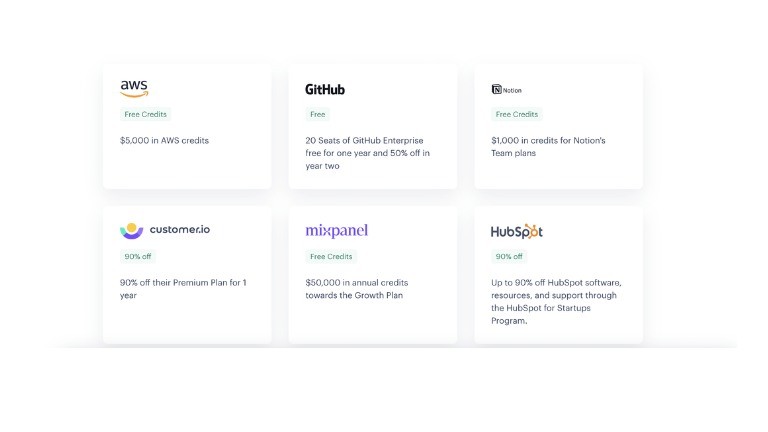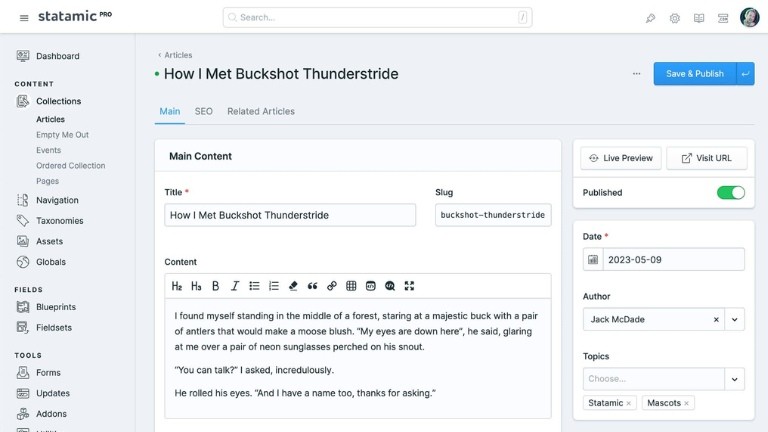As a developer, you're well aware of the importance of email in your applications. From user registrations to password resets to critical notifications, email testing plays an essential role in user engagement. Mailpit comes to the rescue to ensure that you send emails correctly and they look as intended, especially during development with proper email testing.
In this article, we'll explore what Mailpit is, how it works, and why it's an essential addition to every developer's toolkit. Mailpit, developed by Axllent (https://github.com/axllent), is a powerful tool designed to streamline email testing and debugging.
Mailpit: What is it?
In Mailpit, you can test email functionality within your applications in a controlled environment that provides a controlled environment for testing email functionality. As a local email server, it captures and inspects incoming and outgoing emails. This tool allows you to ensure that emails are sent and formatted correctly without ever reaching your users' inboxes, which is especially useful for web developers.
Mailpit Email Testing Key features:
Here are some key features that make Mailpit a must-have for developers:
1. Local Mail Server: With Mailpit, you can capture outgoing emails generated by your application. This means that emails remain within your development environment, improving data security and preventing accidental emails to real users.
2. Web-Based Dashboard: With Mailpit, you can access and inspect the emails your application sends with a user-friendly web interface. A dashboard displays essential details, such as recipient, sender, subject, and email content, so you can spot any problems quickly.
3. Custom Email Configuration: With Mailpit, you can customize email recipients, headers, and other parameters to match your application's specific requirements.
4. Attachment Support: Using Mailpit, you can send and receive email attachments, including files and images.
5. HTML and Plain Text Emails: Your email templates will be rendered correctly before being sent to your users with Mailpit's HTML and plain text email support.
6. How Does Mailpit Work?
This step-by-step guide will show you how to integrate Mailpit into your development environment and test email functionality in your applications.
Mailpit Email Testing Installation:
Mailpit runs as a single binary and can be installed in different ways: Install via Brew (Mac) Install Mailpit with
brew install mailpit
Install via bash script (Linux & Mac) Linux & Mac users can install Mailpit with the following:
sudo bash < <(curl -sL https://raw.githubusercontent.com/axllent/mailpit/develop/install.sh)
Download static binary (Windows, Linux and Mac)
Static binaries can always be found on the releases. The mailpit binary can extracted and copied to your $PATH, or simply run as ./mailpit
In order to find complete installation guide of Mailpit, follow the instructions provided in the official Mailpit GitHub repository. Ensure that you have the necessary dependencies installed, such as a web server and PHP.
Mailpit Configuration:
Ensure that all incoming emails are captured and displayed in the Mailpit dashboard by configuring your application to use Mailpit as the email server.
Testing:
By using Mailpit's web-based dashboard, you can view, inspect, and verify the content of your emails as you normally would during development.
Debugging:
You can use the Mailpit dashboard to identify and fix any issues with your email templates, content, or headers before deploying them.
Why Should Developers Use Mailpit?
For developers, Mailpit offers several compelling reasons to integrate it into their workflow:
1. Confidentiality: Mailpit enhances data security and confidentiality by keeping email testing within your development environment. Sensitive information remains protected during testing.
2. Efficiency: The Mailpit service streamlines email testing and debugging, reducing the time and effort required to ensure email functionality works as intended.
3. Customization: Customize email testing scenarios to match your application's specific requirements, including email recipients, content types, and attachments.
4. Cost-Effective: Using Mailpit during development reduces the need for third-party email services, potentially saving costs associated with email testing and integration.
5. User Experience: Mailpit ensures a seamless user experience by sending emails correctly and making sure they appear as expected.
In conclusion, Mailpit is an indispensable tool for developers seeking to enhance their email testing and debugging processes. Mailpit makes it easy to ensure that your application's email functionality works flawlessly with its ease of use, powerful features, and data security benefits. Boost your email testing today with Mailpit in your development toolkit. Happy coding!

